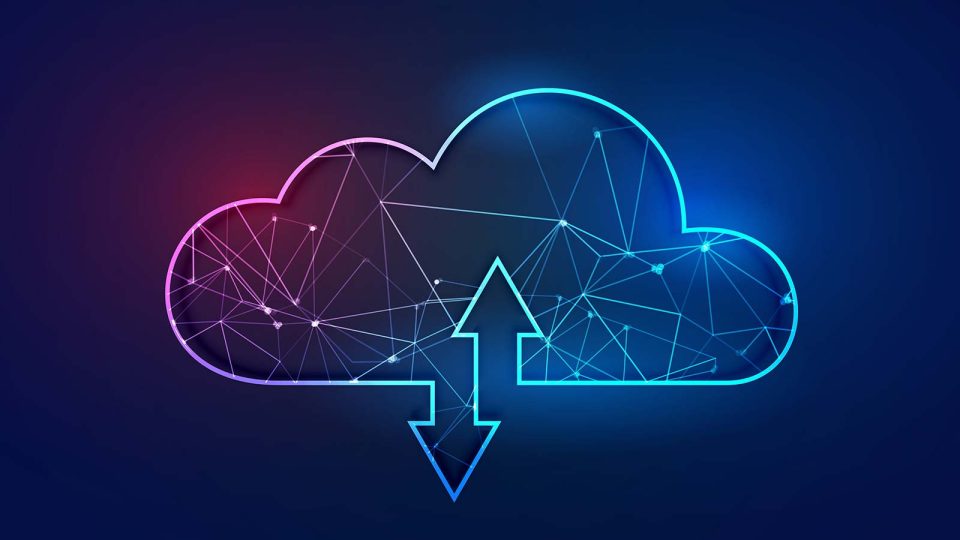Less than 0.5% of US and UK businesses are achieving connectivity resilience states Eseye’s 2024 State of IoT Adoption Report released this week.
Eseye, a leading provider of IoT connectivity solutions, has announced the release of its fourth annual State of IoT Adoption Report for 2024. This comprehensive report offers in-depth insights into the latest trends, developments, and challenges shaping the IoT landscape across both the UK and the US.
The main headline is that less than 0.4 percent of organizations are achieving more than 98% IoT connectivity levels across their device estates, marking a further drop from 1.49% in 2023. This is vastly at odds with the level of performance that businesses need, after 79% of respondents asserted they needed as close to 100% connectivity as possible for their IoT business case.
Also Read: What Are APTs? How Enterprises Can Safeguard Against Them
The IoT device still remains a stubborn challenge for most businesses, with 58% admitting project failures can be traced back to an issue at the device level. This underscores the critical importance of getting the device design right from the outset, as even minor flaws can snowball into larger connectivity and operational failures. For businesses striving to achieve success in their IoT deployments, ensuring robust device performance is no longer optional—it’s the key to unlocking long-term scalability and profitability in the IoT space.
80% of businesses agree that devices must become more intelligent and process data at the edge. With the rapid proliferation of IoT devices and the increasing demand for real-time data analytics, advanced edge computing capabilities are more essential than ever.
The report features responses from 1,200 senior decision-makers and implementers of IoT technology, providing a dataset that spans six key industry verticals: Agritech, EV Charging and Smart Grid, Healthcare and Medical Devices, Manufacturing, Supply Chain and Logistics, and Smart Vending.
Key Findings:
1. IoT Adoption and Expansion:
Adoption Pace: 80% of organizations plan to expand their IoT estates within the next 18 months, reflecting steady growth and ongoing confidence in IoT investments.
2. Budget Increases: Over half (54%) of respondents expect to increase their IoT budgets by 25-50%, indicating robust financial commitment to IoT projects.
3. Revenue Growth: 63% of respondents reported increased revenue due to IoT implementations, underscoring the tangible business benefits of IoT.
4. IoT Security Breaches: 58% of US businesses have been subject to an IoT security breach in the past 12 months, compared to 43% in the UK.
Also Read: CIO Influence Interview with Kevin Campbell, CEO at Syniti
Trends and Priorities:
1. Sustainable IoT Device Design: 94% of respondents consider sustainability important in IoT device design, with 58% rating it as very important. Companies are being more eco-conscious about components used, weighing up plastic SIM vs iSIM, evaluating use of materials and considering CO₂ footprint.
2. Edge Computing: 80% of businesses believe in the need for on-device intelligence and data processing at the edge, driving demand for advanced edge computing capabilities.
3. Managed Services: 77% prefer working with managed IoT connectivity service providers to handle complexity and ensure smooth operations, indicating a trend towards outsourcing critical IoT functions for better efficiency and reliability.
Benefits and Challenges of IoT Across Industries:
1. Agritech: IoT has helped this sector increase revenue (68%), but accessing technical IoT support (21%) is the top challenge.
2. Smart Vending: IoT has enabled this vertical to focus on its sustainability goals (62%) and technical support challenges (34%).
3. EV Charging and Smart Grid: Focus on using IoT to increase revenue (65%) and struggle with technical device challenges (26%).
4. Healthcare: Leverage IoT to increase revenue (54%) and face issues when accessing technical IoT support (29%).
5. Supply Chain and Logistics: IoT’s leading benefit is a competitive advantage (80%), with device security as a major challenge (41%).
6. Manufacturing: Security is the top challenge (27%), with increased revenue being a key benefit (68%).
Nick Earle, CEO of Eseye stated, “The pace of IoT adoption remains strong, with businesses realizing significant benefits. To maximize IoT success and performance, it’s essential to seek partners who can deliver 99% or greater uptime with intelligent device connectivity capabilities for reliable and consistent connectivity. Embracing managed services is equally important; partnering with experienced providers helps navigate the complexities of the SGP.32 standard and ensures a seamless transition.”
[To share your insights with us as part of editorial or sponsored content, please write to psen@itechseries.com]


